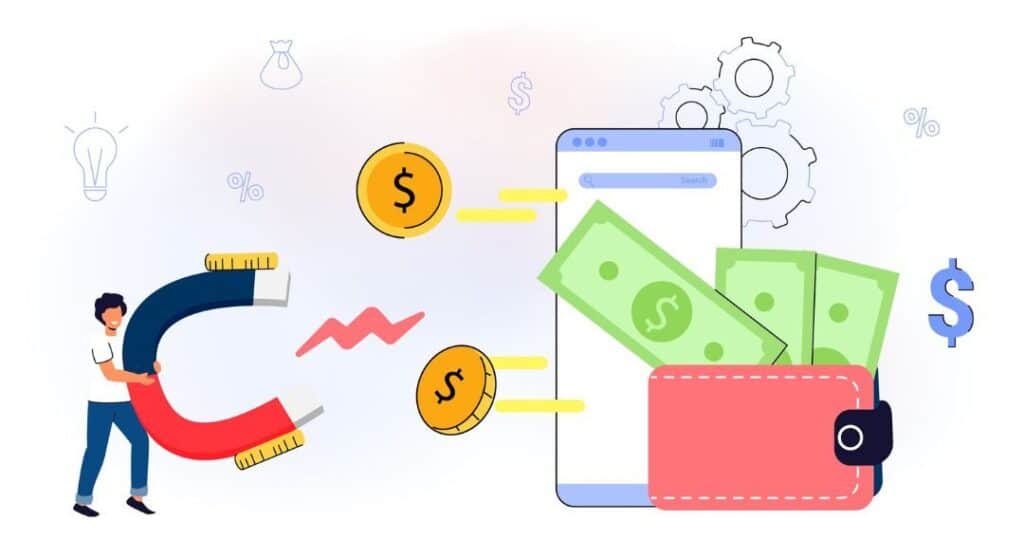In an increasingly globalized digital economy, businesses and platforms that offer products or services online must consider a multilingual strategy to remain competitive. Whether you’re a property manager listing rentals, an e-commerce retailer selling goods, or a service provider offering experiences, ensuring your listings are accessible and appealing to multilingual audiences is essential for growth. Translation is more than converting words—it’s about conveying value in culturally relevant ways that resonate with different audiences.
Why Translating Listings Matters
Multilingual translation increases visibility, expands your customer base, and builds trust. Studies show that consumers are significantly more likely to purchase or engage with content presented in their native language. For platforms like Airbnb, Amazon, Etsy, and local classifieds, having listings in multiple languages can mean the difference between a global and a local audience.
Beyond visibility, there’s also an element of respect. By addressing customers in their language, you show that you value their culture and are serious about meeting their needs.
Core Challenges in Translating Listings
-
Literal Translation vs. Localization
Direct translations can lead to misunderstandings or fail to capture the nuances of local customs and language. For example, a “charming flat” in English may lose its appeal if translated literally into German without cultural context. -
Length and Format Variations
Some languages take more words or characters to express the same idea. This can affect layout, image captions, and mobile display formats. -
SEO Considerations
Translated listings should be optimized for local search engines. Keywords need to be researched in each language, not just translated. -
Cultural Sensitivity
Images, descriptions, and amenities might be interpreted differently in other cultures. For example, what’s considered a “luxury” amenity in one region might be standard in another.
Best Practices for Translating Listings
Use Professional Human Translators
Machine translation tools like Google Translate have come a long way but still lack the finesse of a human translator, especially for listings meant to entice and convert. Human translators understand idiomatic expressions, tone, and cultural expectations.
When possible, hire translators with experience in your specific industry (e.g., travel, real estate, fashion), as they’ll know how to position your listing effectively.
Localize, Don’t Just Translate
Localization means adapting the content to fit cultural and linguistic norms. This might involve:
-
Changing measurements (square feet to square meters)
-
Using local currency
-
Referencing local landmarks
-
Tailoring tone (formal vs. casual language depending on audience)
Create a Multilingual SEO Strategy
Use keyword research tools like SEMrush, Ahrefs, or local search engines to understand what users in each target language actually search for. Translate not just the body text but also:
-
Titles
-
Meta descriptions
-
Alt tags for images
-
Tags and categories
If your listings are hosted on your own website, consider creating language-specific URLs (e.g., /fr for French).
Maintain Brand Voice Across Languages
A consistent voice builds brand recognition and trust. Work with your translators to create a tone guide that defines your brand’s personality—whether it’s friendly, luxurious, professional, or playful—and apply it across all languages.

Use Visual Cues Effectively
Since not all users may read every detail, visuals can bridge gaps. Ensure photos are universally appealing and avoid images that might confuse or offend certain cultures. Include icons or symbols for key features (e.g., Wi-Fi, pet-friendly) which are often recognized internationally.
Test Listings With Native Speakers
Before launching, have a few native speakers review your listings. This helps catch errors, awkward phrasing, or cultural blind spots that a translator might miss. Their feedback can also guide you in fine-tuning the tone or structure.
Enable User-Generated Content Translation
If your platform allows reviews or comments, make sure these can also be translated. They’re a critical part of the customer journey. Tools that summarize or translate user feedback can help build trust with international users.
Tools That Can Help
-
Translation Management Systems (TMS): Platforms like Lokalise, Smartling, or Phrase streamline the localization process, making it easier to manage updates and collaborate with translators.
-
Multilingual CMS: Content management systems like WordPress (with plugins like WPML) or Shopify (with built-in translation support) offer tools to support multilingual listings.
-
AI-Assisted Translation: While not perfect, tools like DeepL or GPT-powered assistants can provide first drafts for human review.
Common Mistakes to Avoid
-
Neglecting Updates: Listings often change—prices, availability, features. If only your original language listing is updated, others become outdated and misleading.
-
Assuming English is Enough: English may be widely spoken, but it’s not the language of preference for most online users. Tailoring content to native tongues matters.
-
Overlooking Mobile Users: Make sure translated content fits mobile screens properly. Some scripts (like Chinese or Arabic) require design adjustments.
-
One-Size-Fits-All Approach: Different markets might require different messaging strategies. A German traveler might value precision and efficiency, while a Brazilian customer might respond better to warmth and friendliness.
The Business Case for Translation
Brands that translate effectively see measurable improvements:
-
Higher Conversion Rates: Customers are more likely to book or buy when they fully understand what’s offered.
-
Lower Return or Cancellation Rates: Clear communication reduces misunderstandings.
-
Improved SEO Rankings: Localized pages attract more organic traffic.
-
Stronger Brand Loyalty: Speaking to users in their own language enhances trust and engagement.
Conclusion
Translating listings for multilingual audiences is both an art and a science. It’s not just about making content accessible—it’s about making it compelling. As digital platforms continue to grow and compete globally, those who invest in thoughtful, culturally-aware translation will not only reach more users but also build lasting relationships with them.
Businesses that take the time to speak their audience’s language—literally and figuratively—stand to win big in a connected, multicultural world.
Frequently Asked Questions
Why is it important to localize a listing instead of just translating it?
Localization goes beyond direct translation by adapting content to the cultural, linguistic, and contextual norms of a specific market. A listing that’s only translated may accurately convey words but fail to connect emotionally or practically with the local audience.
For example, a U.S. listing might describe an apartment as “1,000 square feet with modern appliances.” A localized version for the French market would convert measurements to square meters, adjust appliance references to European equivalents, and possibly modify the tone (more formal in France).
Localization ensures:
-
Cultural relevance
-
Measurement/currency accuracy
-
Higher engagement and trust
-
Fewer misunderstandings
Failing to localize can result in listings that seem foreign or even confusing to the target audience.
What are some common mistakes companies make when translating listings?
Common mistakes include:
-
Literal Translation: This can result in awkward or incorrect language use that alienates users or causes confusion.
-
Ignoring SEO: Simply translating keywords doesn’t guarantee visibility. Each language and region has its own search behavior and terminology.
-
Neglecting Updates: Listings are often dynamic. Businesses may forget to update the translated versions when the original changes.
-
Using One-Size-Fits-All Copy: Messaging that works in one culture may fall flat or even offend in another.
-
Not Considering Layout Issues: Some languages are longer (e.g., German) or written right-to-left (e.g., Arabic), which affects how content appears on websites or apps.
These mistakes can reduce credibility, confuse users, and ultimately hurt conversions.
What tools can help manage translation for multilingual listings efficiently?
Here are several tools commonly used:
-
Translation Management Systems (TMS): Tools like Smartling, Lokalise, or Phrase centralize translation workflows and ensure consistency.
-
Content Management Systems (CMS) with Multilingual Support: WordPress with WPML, or Shopify’s translation tools, support multilingual pages and automation.
-
Glossary & Translation Memory: Features in TMS that reuse approved translations and standardize terminology.
-
Machine Translation + Human Review: Tools like DeepL or Google Translate can generate first drafts quickly, which human translators can refine.
-
SEO Tools: SEMrush, Ahrefs, or Google Keyword Planner help with language-specific keyword research.
These tools reduce manual work, ensure accuracy, and streamline updates across multiple languages.













